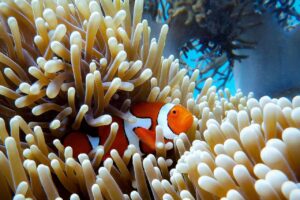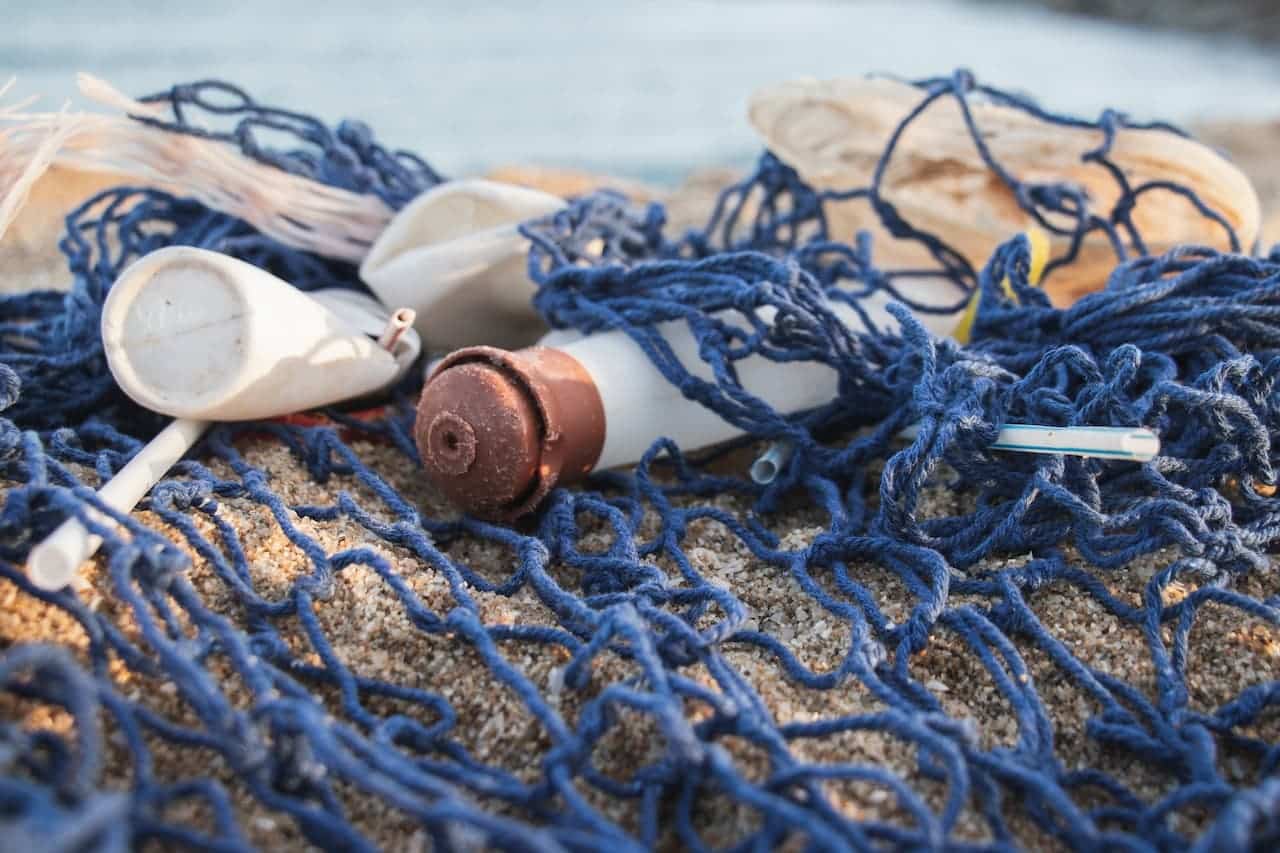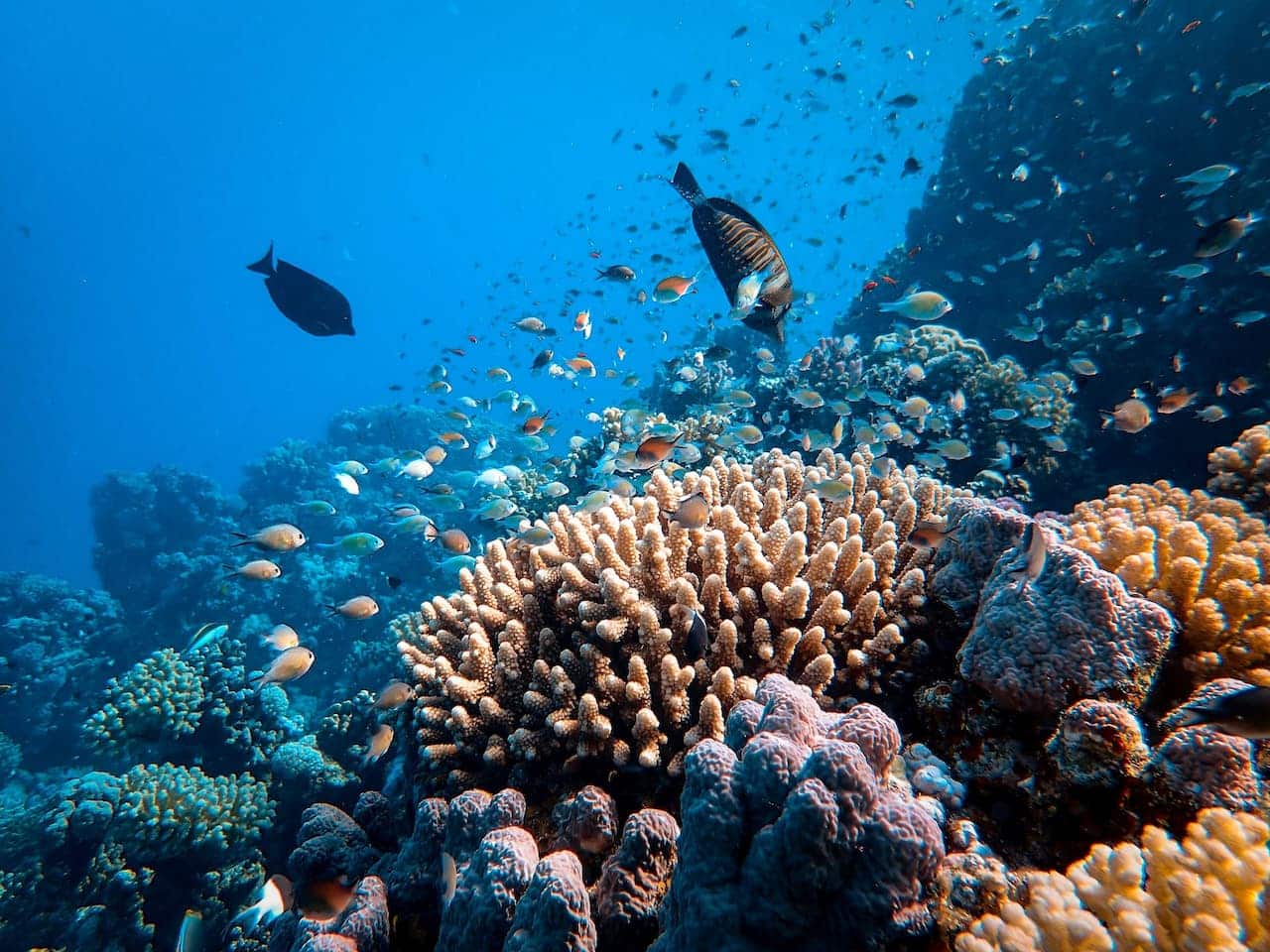The Great Barrier Reef is in danger, as are all coral reefs across the world. The Reef has recently been impacted by global warming, storm damage, crown-of-thorns starfish (COTS) outbreaks, and pollution. Despite its hardships, the world’s biggest living creature is still a magnificent sight, and the Reef will not only survive but grow with our combined efforts to protect it.
The good news is that the biggest coral reef in the world is also the best-managed reef in the world. 
The Great Barrier Reef is being saved by a wide variety of initiatives, including educational programs, efforts to reduce plastic pollution and COTS, coral nurseries, the development of renewable energy sources, and the appropriate management of marine park tourism businesses.
We can all do our part to preserve the Great Barrier Reef, both during our visits there and again at home.
Here are the most effective measures anybody can take to ensure the continued existence of the Great Barrier Reef.
Go on an ecotourism vacation
Staying at an eco-resort near the Great Barrier Reef is a great idea. These hotels are committed to reducing their and their visitors’ impact on the Reef’s environment via carbon neutrality.
As a pioneering ecotourism resort, Lady Elliot Island has eliminated the sale of single-use plastics since 2012 and compensates for all of the carbon dioxide generated by its visitors’ flights.
The adults-only Elysian Retreat on the southern point of Long Island in the Whitsundays is committed to sustainability in a number of ways. These include composting food scraps, producing their own fruit and vegetables, and minimising and eliminating the use of plastic.
Pumpkin Island, like its sibling venue Elysian, is a low-impact resort powered only by wind and solar energy. The facility solely employs organic, certified, and biodegradable cleaning supplies made in Byron Bay, Australia.
Safe travel practices around reefs
A warming planet poses the greatest risk to the Great Barrier Reef. Sea temperatures are rising due to the fast growth in greenhouse gas emissions, which is harming coral and other marine life. Travelling by vehicle, bus, airline, or any other method generates carbon emissions, which may be mitigated by purchasing carbon credits. Greenfleet and other carbon offsetting initiatives build climate resilience by reforesting degraded land with native tree species.
Going on a tour is the most environmentally responsible method to see the Great Barrier Reef. If you pick an eco-certified tour operator or method of transportation, you may learn about the Reef from a local guide and reduce your carbon footprint at the same time.
The use of fewer towels during your stay can reduce the amount of water and cleaning supplies needed at your lodging (this is true no matter where you are in the globe). If you want to save money on your electric bill, remember to turn off the lights and the air conditioner when you leave a room.
It’s wonderful to explore the Great Barrier Reef and everything it has to offer, both above and below the water, but please stay on the marked trails and walkways. In addition to endangering rare flora, going off-road can hasten the deterioration of soil quality.
Cut down on your plastic use
A statewide prohibition on shops providing single-use lightweight plastic bags was imposed in Queensland in 2018, resulting in a 70% decrease in plastic bag litter within the first year.
If you really want to see those figures go up, try buying items that don’t come in plastic wrapping, ditching the straws, and cooking at home instead of ordering takeout.
Waste management agencies are overwhelmed by the volume of disposable coffee cups that end up on the ground and in the water.
When you go out to a café, bring your own keep-cup to use, and if you prepare coffee at home, use recyclable coffee pods. Keep the beach clean and use the best Junk removal service!
Make use of natural, non-toxic cosmetics
Your beauty regimen may be harmful to the environment, and in particular the ocean and its marine life, in more ways than one due to the excessive use of plastic in beauty product packaging.
Sometimes plastic microbeads are used in exfoliating products. Due to their minute size, they get flushed down the drain and ultimately end up in the ocean. Instead of dissolving or breaking down, they absorb the poisons in the water and are consumed by marine life, where they may cause illness or death.
It’s important to check the labels of your scrubs, as microbeads are being outlawed in many countries. Instead of using harmful chemicals, consider using jojoba esters or used coffee grinds as exfoliants.
To prevent skin cancer, it is now common practice to put on sunscreen before spending the day at the beach or on a boat. Chemical sunscreens include UV filters, but they are washed away when you get wet, posing a threat to marine life and coral reefs.
Coral bleaching has been connected to the use of chemicals like oxybenzone and octinoxate. The Australian skincare companies Sukin, endota, and Wotnot all provide reef-safe sunscreens.
Support the Eye on the Reef program
The Great Barrier Reef Marine Park Authority (GBRMPA) runs the Eye on the Reef program, which collects data on reef health, marine animals, and events from a wide variety of sources, including day-trippers, visitors, fishermen, rangers, researchers, and scientists.
A user-friendly application makes it possible for anybody to participate in the initiative by sharing images and observations on what they’ve observed on the reef, such as animals, Crown-of-thorns starfish, pollution, or coral spawning.
Information on reef health, changes in reef health, species distribution, and early warnings of environmental hazards are all tracked and monitored by the Great Barrier Reef Marine Park Authority (GBRMPA).
Use sustainable transport
Try to take other modes of transportation, such as foot, bicycle, or public transportation (such as buses and trains), rather than driving. Select a hybrid or electric vehicle if you want to save money on gas.
Greenhouse gas emissions can be lowered by switching to these more eco-friendly modes of transportation. The ocean acidifies and warms as a result of these pollutants. Warmer ocean temperatures lead to coral bleaching, and increased acidity in the water inhibits coral development.
Why help to save the Great Barrier Reef?
It would be easy to give up on attempting to rescue the reef in light of all the discouraging news pieces and study findings that reveal how much difficulty the reef is in.
Environmental and societal considerations make abandoning the reef an unacceptable option, and as a result, numerous scientists and reef advocates are toiling away at finding ways to save it.
The Great Barrier Reef is a natural wonder that has been recognised as a World Heritage Site, but its economic importance should not be overlooked.
The reef is directly responsible for $5.6 billion in yearly revenue and 68,000 employees in the tourist industry alone. The annual worth of all the benefits the reef delivers to civilisation has been estimated at between $15 and $20 billion.
The Great Barrier Reef is deserving of all the acclaim it receives due to its excellent qualifications, such as its high levels of biodiversity, natural beauty, and importance to marine ecosystems. It is our responsibility to do all in our power to assure its preservation for future generations and to defend it.






